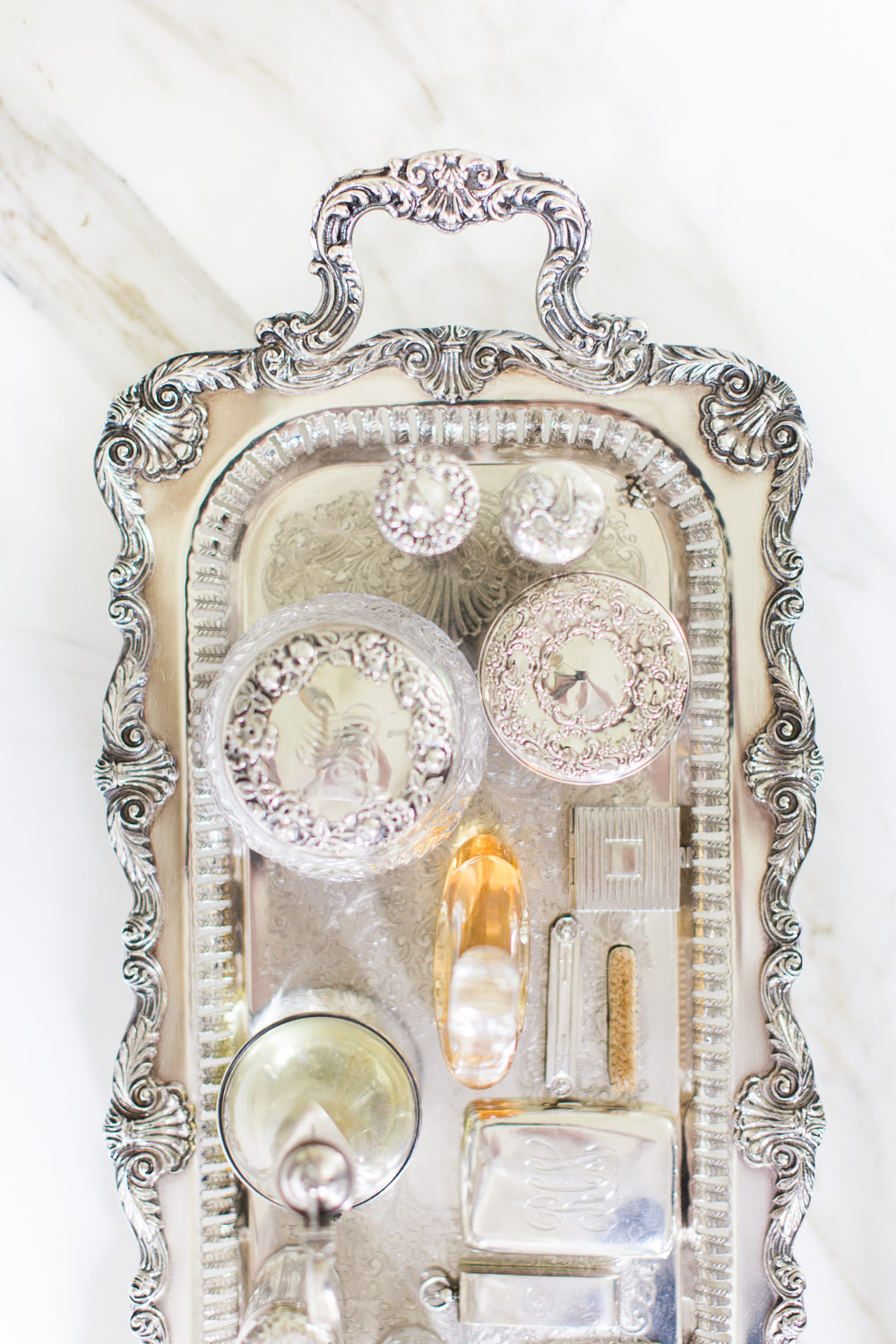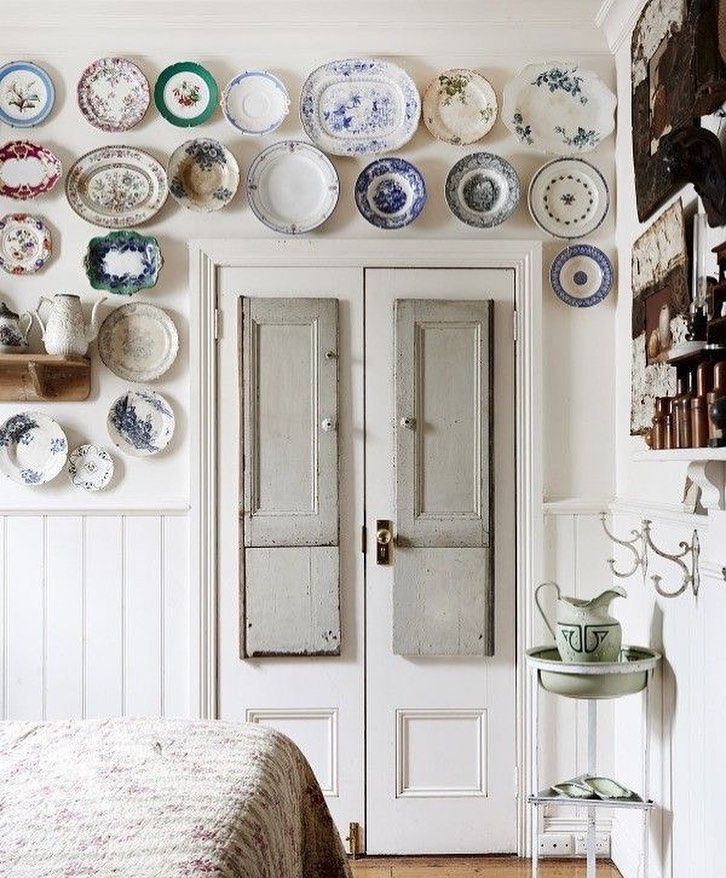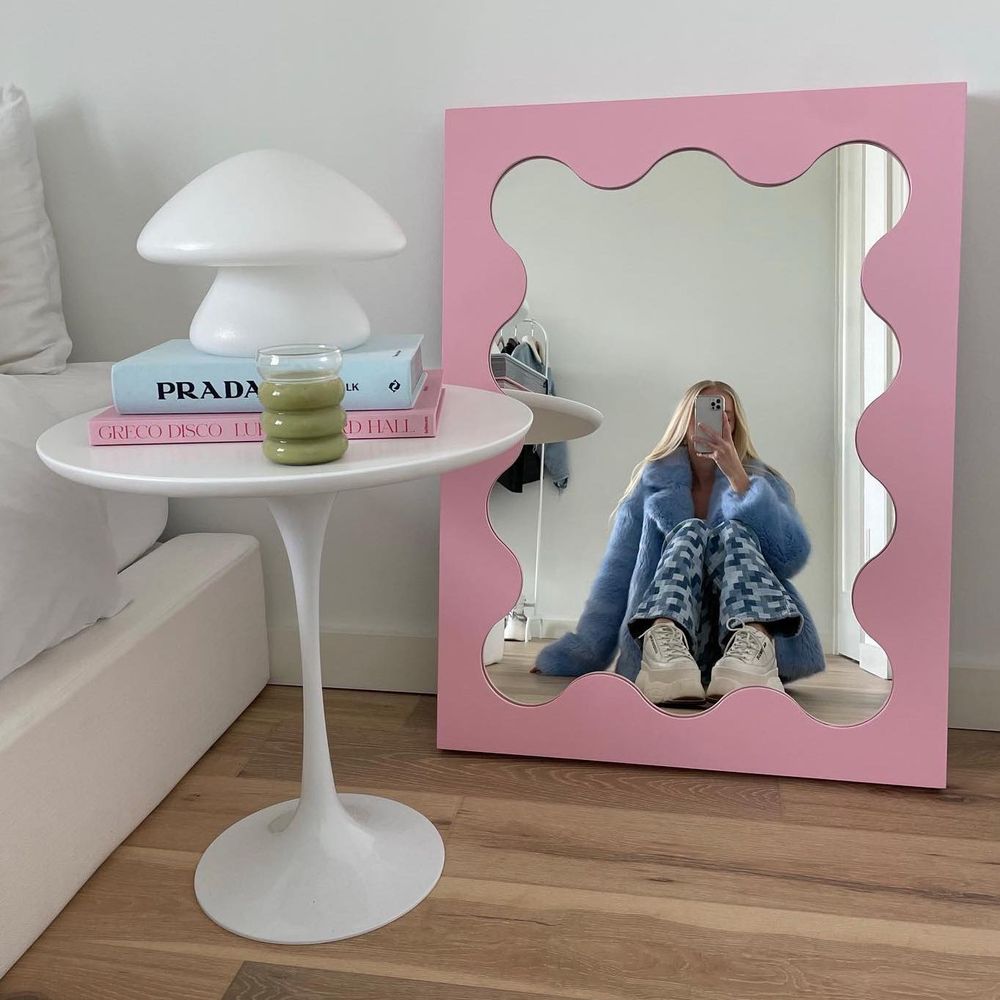Vintage silver trays have a timeless allure that adds a touch of elegance and nostalgia to any home decor. These exquisite pieces, often passed down through generations, carry a rich history and craftsmanship that make them cherished treasures.
In this blog post, we will explore the world of vintage silver trays, from their origins and unique characteristics to creative ways to incorporate them into your interior design. Whether you’re a seasoned collector or a novice enthusiast, let’s discover how these gleaming, ornate artifacts can transform your living spaces into a haven of vintage charm and sophistication.
Best Vintage Silver Trays to Buy
If you don’t have an authentic vintage tray, you can shop for several replicas online. Here are a few recommendations.
History of Silver Trays in Homes
Vintage silver trays have a rich history dating back centuries. They were initially used in affluent homes and among royalty in ancient civilizations. The origins of silver trays can be traced to various regions and time periods.
Silver trays made their earliest appearances in the lavish households of ancient Egypt, where they were used for serving food and displaying precious items. Silver’s durability and resistance to corrosion made it a preferred choice for such tasks.
Both ancient Greek and Roman societies used silver trays for dining and ceremonial purposes. These trays often featured intricate engravings and were considered symbols of status and wealth.
During the Renaissance and Baroque periods, silver trays became highly ornate and decorative. They were utilized in formal dining settings and played a significant role in the elaborate rituals of courtly life.
Silver trays experienced a resurgence in popularity during the 18th and 19th centuries, employed for tea and coffee services, dessert presentations, and as decorative items in Victorian-era homes.
Vintage Silver Worth
Are vintage silver trays worth anything? The value of vintage silver trays can vary widely depending on several factors. Things like the tray’s age, design, maker, condition, and rarity have an impact.
Antique and vintage silver trays, especially those dating back to the 19th and early 20th centuries, are often more valuable due to their craftsmanship and historical significance.
Hallmarks and maker’s marks can also influence the value, as trays from renowned silversmiths or famous manufacturers tend to command higher prices. Rare or unusual designs can significantly increase a vintage silver tray’s worth.
The condition of the tray is crucial; items in excellent condition with minimal signs of wear or damage are generally more valuable than those in poor condition.
To determine the specific value of a vintage silver tray, it’s advisable to consult with an antique appraiser or research similar items sold at auctions or through reputable dealers.
How to Tell if a Tray is Real Silver
How can you tell if a serving tray is real silver? To determine if a serving tray is made of real silver, you can follow these steps:
- Check for Hallmarks: Genuine silver trays typically have hallmarks or stamps that indicate their silver content. These hallmarks can be found on the underside of the tray and often include marks such as “925” or “Sterling” to signify that the tray is made of sterling silver, which is 92.5% pure silver. Other hallmarks may indicate the manufacturer, date of production, and country of origin. Research these markings to understand their significance.
- Perform a Magnet Test: Silver is not magnetic, so you can use a small, strong magnet to test the tray. Gently place the magnet on different parts of the tray’s surface. If the magnet doesn’t stick, it’s a positive sign that the tray may be made of real silver. However, if the magnet sticks, it’s likely not made of solid silver.
- Examine the Patina: Silver develops a unique patina or tarnish over time, which is a grayish-black discoloration. This patina can be uneven and is often a good sign the tray is real silver. However, some fake silver may also develop a patina, so this should not be the sole determining factor.
- Perform a Acid Test (Caution): This test involves applying a small drop of silver testing acid to an inconspicuous area of the tray. If the acid turns a particular color (usually red or brown), it indicates the presence of real silver. This test should be performed with caution and ideally by a professional, as it can damage the tray if done improperly.
- Seek Professional Appraisal: If you are unsure about the authenticity of a silver tray, consider getting it professionally appraised by an expert in antique silver. They can provide a more accurate assessment of the tray’s composition and value.
Keep in mind that some silver trays may be silver-plated rather than solid silver. Silver-plated trays have a thin layer of silver over a base metal, and they may not have the same intrinsic value as solid silver trays. In such cases, the hallmark or manufacturer’s marks can often reveal whether the piece is silver-plated or solid silver.









